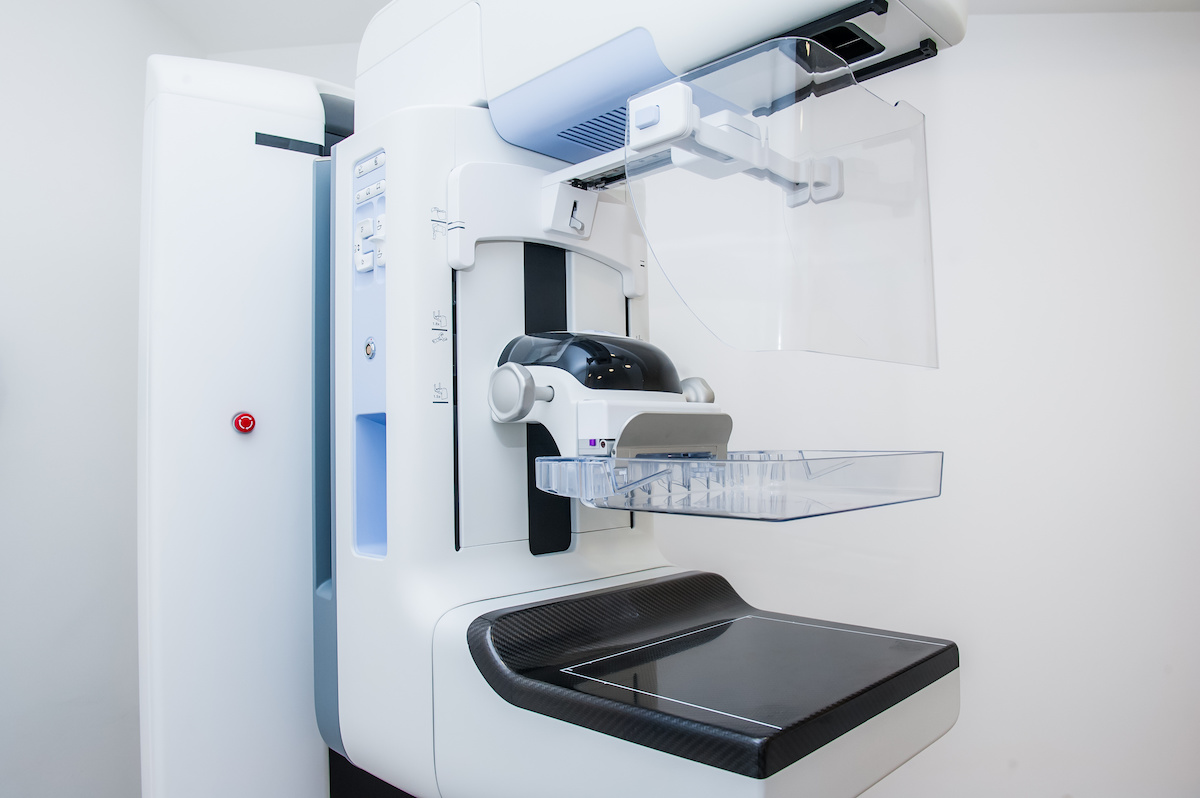When searching for a provider, have you ever wondered what OB/GYN services to look for? The truth is many offices and physicians have different specialties, and there is no one-size-fits-all approach to healthcare. When choosing an OB/GYN, it’s important to ensure their services align with your needs. Your life stage, personal and family history, and lifestyle will all influence your needs from an OB/GYN office and provider. To help inform you of the necessary offerings you should be looking for, here is our round-up of 10 key OB/GYN Services:
Annual and preventive health exams
Some assume that OB/GYN care is only for women who are pregnant or experiencing a gynecological issue, but this is not the case. Most OB/GYN offices provide annual checkups and preventative health exams to keep you healthy. Most health conditions are more treatable when identified early, which is just one of the many reasons to stay up to date on your annual exams. Preventative health exams are also important because they allow for the management of abnormal pap smears.
HPV vaccination
The HPV vaccine is a fundamental part of preventing human papillomavirus, an infection that can lead to genital warts or even cancer. The Gardasil 9 vaccine is an FDA-approved vaccine that can be administered to people aged nine and older.
Family planning
Whether or not having children is part of your plan, establishing care with an OB/GYN office providing family planning services can provide a more supportive experience. Whether you are deciding when and how you would like to start a family or deciding what type of contraception is right for you, it’s important to choose a provider who aligns with your decisions and values.
Infertility evaluation
If conceiving is more challenging than you anticipated, it’s important that your care provider is able to offer education and support related to infertility. Approximately one-third of infertility is attributed to the female partner, one-third is attributed to the male partner, and one-third is caused by a combination of problems in both partners or is unexplained. Fortunately, there are also a variety of treatments available. For example, Green Valley OB/GYN provides fertility testing, ovulation induction, and minimally invasive surgery to help you overcome any infertility issues.
Menopause management
When looking for care, it’s important to factor in OB/GYN services for every stage of life. Many providers choose the OB/GYN career path because of the continuity of care it allows for their patients. Choosing an office that provides services such as menopause management, osteoporosis treatment, and more means that you can enjoy the convenience of continuing care with a provider you are comfortable with.
Evaluation of pelvic pain
Pelvic pain can be indicative of a variety of different conditions. Having an OB/GYN can help you decipher the root cause of this pain and identify the most effective treatment. From period pain to endometriosis and more, your OB/GYN should be your go-to doctor for pelvic pain.
Mammography
While mammograms are a necessary preventative measure for breast cancer, there are many OB/GYN offices that do not provide mammography screening in their office. For added convenience, we recommend choosing an OB/GYN that lists mammography as one of their OB/GYN services.
Urinary Incontinence
Urinary incontinence is another example of a service not offered by all OB/GYN practices. Still, it can be an excellent addition to other routine OB/GYN services. If your quality of life is being affected by bladder problems, it’s important to seek treatment. Green Valley OB/GYN is proud to
evaluation and treatment options for urinary tract infections, urinary incontinence, and urinary frequency.
Laboratory services
The convenience of laboratory services is not to be overlooked. Having a lab within your OB/GYN office allows for a quicker turnaround time, faster treatment, and added peace of mind.
Surgery
Ultimately, should you ever face the need for gynecologic surgery, having a history with the physician can help you feel at ease. At Green Valley OB/GYN, our team specializes in various minimally invasive surgeries, including advanced laparoscopic and hysteroscopic surgical methods. Our office contains a surgical suite with anesthesiology services for various surgical treatments, including hysteroscopy, Novasure, Myosure, and LEEP.
Consult with an OB/GYN
Green Valley OB/GYN provides high-quality, comprehensive care regardless of your stage of life or gynecology needs. Whether you’re looking for a new provider or learning more about our offerings, we are proud to provide all of the key OB/GYN services you need for well-rounded health. Schedule an appointment online or by calling us at 336.378.1110.









